Plates for teeth straightening

specialists

equipment

treatment
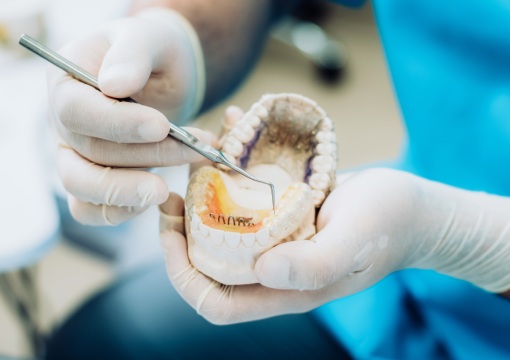
Types of removable plates for teeth
There are the following types of records:
- Single jaw - used for the upper or lower jaw
- Double-jawed - for both dentitions at once
- With a retraction arc - a special spring wire that aligns the front incisors along a clearly defined line
- With a pusher - suitable for correcting the shape of the upper jaw
- With a hand-shaped process - a bend of the arch with a grip at the base of the crown, used to move a tooth out of row
- The Brückle system is a plate for the lower jaw that aligns the dentition and corrects the mesial bite
- Frenkel apparatus - a plate for jaw alignment, consists of soft plastic supports on the gums, connected by a metal frame on the palate, attached to the upper teeth
- The Andresen-Goipl activator is a monoblock design, inserted into the jaw and covering both rows at once, necessary for correcting malocclusion in children
The selection of a plate for teeth straightening is made by an orthodontist after diagnostics. In advanced cases, severe curvature of teeth or pathologies of permanent occlusion, the doctor recommends braces.
There are also non-removable plates, consisting of a plastic base, fasteners on the teeth and a screw connection between them. This type is prescribed in rare cases due to increased discomfort and impact on diction. The fixed device should be carefully looked after, and special brushes and irrigators should be used after meals.
Installation of dental plates
At the initial consultation, the orthodontist examines the patient’s oral cavity and, if indicated, prescribes orthodontic treatment. Basic algorithm:
Important! Installation of a dental plate is painless, adaptation occurs within a week. During this time, discomfort and mild pain are normal and will subside over time. If the condition worsens, you should consult a doctor.
After fixing the plate, you must visit an orthodontist every 6 months for diagnosis and correction of the structure. As the dentition is corrected, the doctor increases the pressure, tightens the springs, and also monitors the condition of the patient’s tooth enamel.
The plate must be worn for at least 6 months. The doctor sets the optimal period, depending on the complexity of the problem, the maximum is 2 years. For adults, the duration of wearing the plate during the retention period is twice as long as when installing braces.
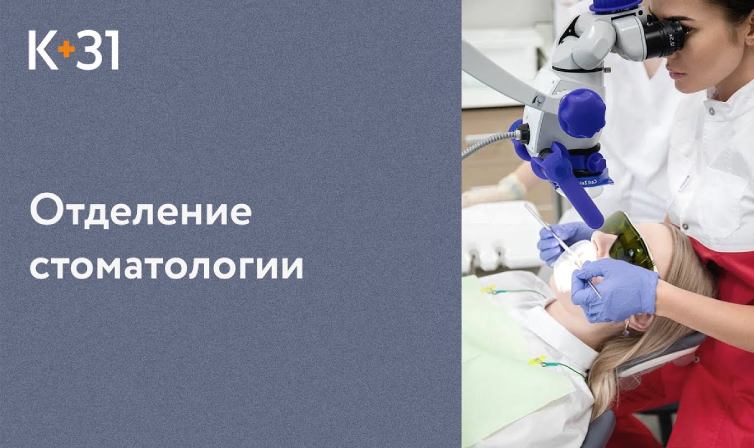
Modern methods of diagnostics and dental treatment at "K+31"
Our doctors

This award is given to clinics with the highest ratings according to user ratings, a large number of requests from this site, and in the absence of critical violations.

This award is given to clinics with the highest ratings according to user ratings. It means that the place is known, loved, and definitely worth visiting.

The ProDoctors portal collected 500 thousand reviews, compiled a rating of doctors based on them and awarded the best. We are proud that our doctors are among those awarded.
Make an appointment at a convenient time on the nearest date
Price

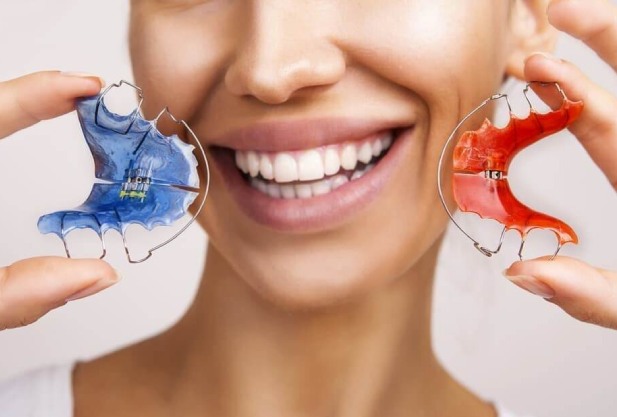
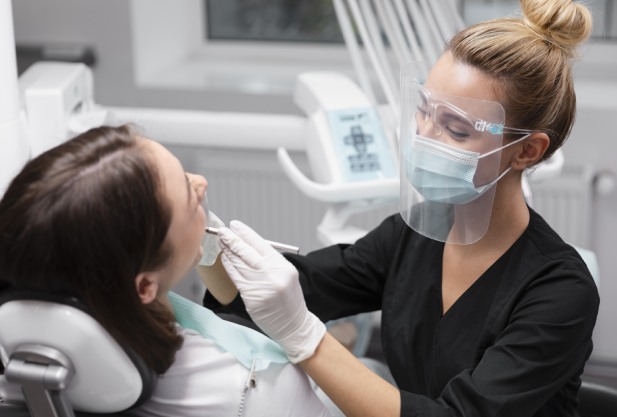
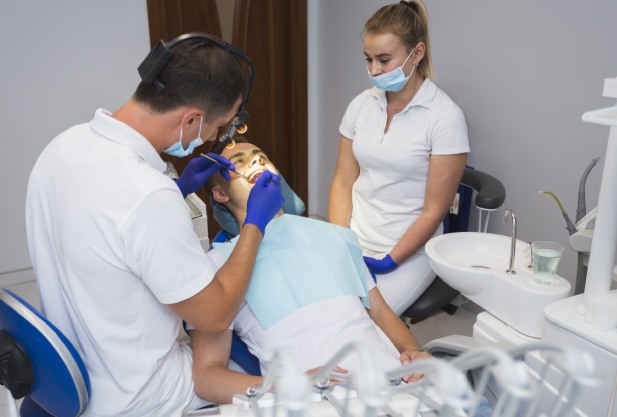
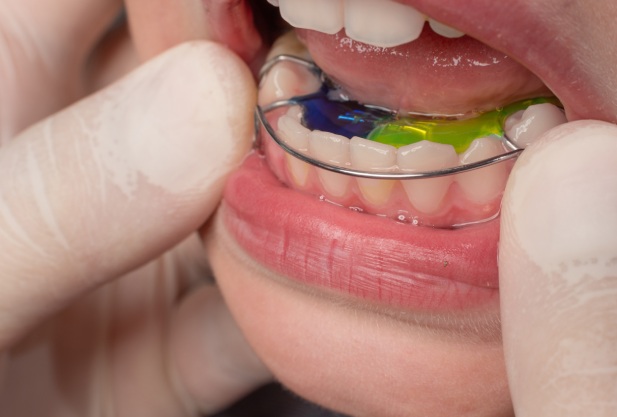
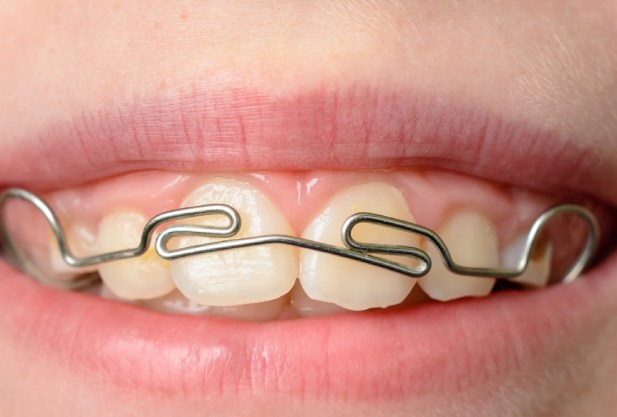















































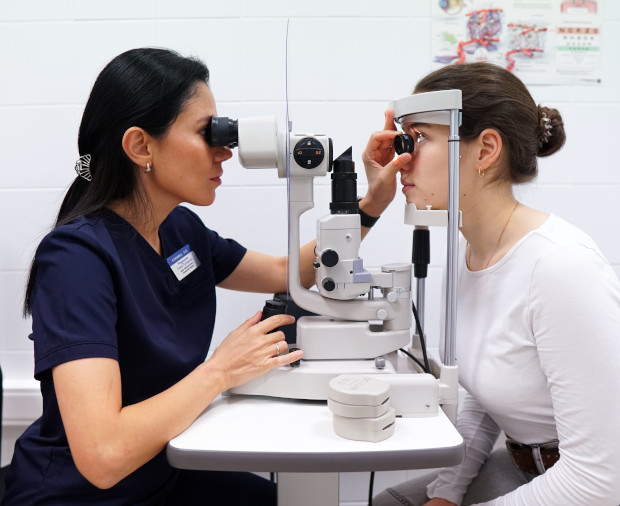




At the service
This is the name of an orthodontic device, which consists of an elastic plastic base and a metal bracket attached to it. The plate is installed on the entire jaw and attached to the lateral molars so that the metal arch remains on the outside of the teeth.
The appearance and design of the product differs depending on the installation location. The dental plates for the upper jaw cover most of the roof of the mouth. If the device is intended for the lower row, the plastic base will be smaller in volume, with a cutout for the sublingual area.
Unlike braces, plates are removable orthodontic devices; they do not require fixation for each tooth. Thanks to this property, a softer pressure is created. If there is a small malocclusion or the curvature of several teeth, the plate provides a good therapeutic effect without discomfort when worn. But the duration of treatment will be longer.
A plate for straightening teeth is the best option for children in terms of effectiveness, cost and duration of wear. For adults, the design is installed according to indications, if other methods are not suitable.